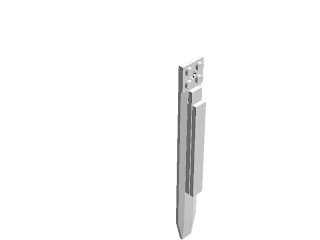Tip for Hangout lighting...

I've recently made my son a lego camera. It's just an OLD camera lens, and a lego caddy that could be adjusted to carry the lens backwards and forwards (focus), and a piece of paper as a "display" or target. And then some more lego to enclose it so that we don't have too much stray light. What struck me with this thing, was again the importance of light. More light, better photos. And the same goes for Hangouts. When you do a Hangout (and I'm sure the same will apply to Skype or Facetime or whatever you choose...), make sure there is light pointing *to* you. The standard mistake is to simply sit with your back to the window. Don't. That means your face is in the shadow, the camera get fooled by a lot of light (from around your face), and it's just dark.. Like this... The picture above was taken while sitting on the red sofa in Google CSG, London. Instead, I moved to the blue seat, and now the light comes in from the window to light up ...


